Chambers of Commerce: Engines of Growth for Mid-Sized Cities
When it comes to revitalizing mid-sized cities, local chambers of commerce can be a quiet powerhouse for small business success, but only if they’re willing to go beyond tradition. These organizations have the influence and infrastructure to create real traction in their communities, but only if they shift from passive promotion to active partnership.
Here’s what top business leaders say chambers can do to drive impact:
- Act more like startup accelerators with mentorship and funding
- Build strategic partnerships with public safety agencies
- Replace generic mixers with business matchmaking
- Facilitate real community connections, not just networking
- Treat members like clients, not just names in a directory
- Translate grassroots needs to city leaders and decision-makers
Let’s take a closer look at each of these strategies.
Transform Chambers from Clubs to Startup Accelerators
Niclas Schlopsna urges chambers to think like growth consultants, not clubs.
“I’ve seen local chambers really hit their stride when they stop acting like bureaucratic clubs and start functioning like startup accelerators.”
Niclas Schlopsna,
Managing Consultant and CEO, spectup
That means ditching the luncheons in favor of programs like investor bootcamps, peer accountability circles, and curated matchmaking between startups and local mentors. His experience working with a chamber that built a “growth council” shows what’s possible. Within six months, two businesses received funding and another closed a major distribution deal. Chambers can also help small businesses navigate public procurement processes, opening up entirely new revenue streams.
Chambers Build Safety Partnerships for Business Growth
Joshua Schirard believes that community safety is foundational to business success.
“One of the best things chambers can do is build real partnerships between businesses and public safety agencies.”
Joshua Schirard,
Director, Byrna
Whether it’s organizing safety workshops with police or advocating for better lighting in commercial districts, these initiatives make communities feel safer. That gives business owners the confidence to hire, invest, and grow. More importantly, a chamber that actively listens to small business needs and creates tailored support, not just generic programs, becomes a force for long-term stability and resilience.
Targeted Matchmaking Outperforms Generic Networking Events
Joe Hawtin says the best chambers pair complementary businesses for mutual gain.
“Our city’s chamber paired us with a luggage store and a photography studio. Together, we created a ‘travel ready’ package that boosted all our revenues by 18%.”
Joe Hawtin,
Owner, Marin County Visitor
When peer mentoring replaced classroom-style workshops, his business saw real transformation. Even better, the chamber helped save local shops during a disruptive construction project by involving business owners directly in city planning. The takeaway: matchmaking and representation matter far more than another speaker luncheon.
Community Connections Drive Small Business Success
Chambers shouldn’t just connect businesses. They should connect communities. That’s the view of Nikita Sherbina.
“These efforts not only help businesses thrive but also create a more connected and resilient community.”
Nikita Sherbina,
Co-Founder & CEO, AIScreen
Workshops on digital marketing, local mentorship programs, and town hall advocacy can all help businesses feel less alone. When a chamber becomes the go-to for tools, trends, and collective support, they build something stronger than any ad campaign: trust.
Chambers Must Become Growth Partners, Not Directories
Josiah Roche challenges chambers to act like modern growth teams.
“Chambers already have community trust and access. These are two things many small businesses struggle to build.”
Josiah Roche,
Fractional CMO, JRR Marketing
By using email newsletters, social media spotlights, and search-optimized city guides, chambers can boost visibility for member businesses without expensive ad campaigns. Even simple surveys can unlock rich data for smarter promotions. The key is to market members, not just events.
Be Community Translators, Not Event Calendars
Andy Danec reminds us that for some small businesses, especially in healthcare, visibility and trust can be life-saving.
“They didn’t treat us like a medical outlier. They treated us like a community solution. That changed everything.”
Andy Danec,
Owner, Ridgeline Recovery
Chambers helped his business by connecting them with schools, churches, and employer networks. These were essential partnerships for mission-driven work. More than listings, chambers should bring the real needs of small businesses to city leadership and fight for solutions like zoning support or mental health services for entrepreneurs.
Why This Matters for Mid-Sized Cities
In mid-sized cities, where budgets are tight and attention is divided, small businesses often struggle to stand out. Chambers of commerce that act like growth accelerators, not passive bulletin boards, can change that. Whether through strategic partnerships, visibility campaigns, or direct advocacy, they have the tools to shift the trajectory of their entire community.
The most successful chambers today are acting more like engines than envelopes. They are listening, innovating, and showing up. And in doing so, they are turning mid-sized cities into launchpads for small business success.
